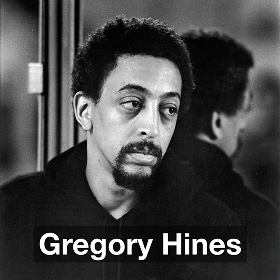Tap dance is a rhythmic and percussive dance style that combines movement with sound, creating a unique fusion of music and dance. Originating in the 19th century from a blend of African and Irish step dancing traditions, tap evolved into a popular performance art in vaudeville, Broadway, and Hollywood musicals. Characterized by intricate footwork, syncopation, and improvisation, tap dance allows dancers to become both performers and musicians, using their feet to create complex rhythmic patterns. Over time, tap has continued to evolve, influencing various dance genres and remaining a vibrant and expressive form of artistic storytelling.
This text is generated by AI.
History

Originated in 19th century by African and Irish slaves in the U.S.
Tap dance originated in the early 19th century as a fusion of African tribal dances and European step dances, particularly Irish and Scottish clog dancing. Enslaved Africans in America maintained their rhythmic traditions by using their feet

Tap dance became a prominent feature in Minstrel Show.
By the mid-1800s, tap dance became a prominent feature in minstrel shows, where performers, often in blackface, showcased exaggerated versions of African American dance styles. Although problematic, these performances helped spread tap’s popularity.

The invention of Tap shoes in 20th century.
During post-Civil War period, tap dancing was defined more by syncopated rhythms than by the tapping sound itself because most people performed in soft shoes or wooden shoes. Later, in 1920s, the Tap shoes like in modern tap were first created. Metal taps allowed for a louder and more rhythmic sound.

The Golden Age of Tap: Tap in Broadway and Film.
Tap dance reached its peak during the 1920s to 1940s, becoming a staple in Broadway musicals and Hollywood films. Iconic tap dancers like Bill "Bojangles" Robinson, Fred Astaire, Ginger Rogers, and Eleanor Powell brought tap into the mainstream with their elegant and highly skilled performances.

The decline and revival of Tap.
With the rise of rock & roll and jazz dance, tap dance declined in popularity in the 1950s. However, in the 1980s, Broadway shows like 42nd Street and The Tap Dance Kid introduced new audiences to tap dance, and the style began to regain some of its original popularity.

Source: https://www.adanceplace.com/history-of-tap-dance/
Music
A wide variety of music genres could be used for Tap dance. This includes, but not limited to, Jazz, Broadway, Classical, Funk songs.
Big names
Below are dancers who have made prominent impacts on the world of
Tap dance.


